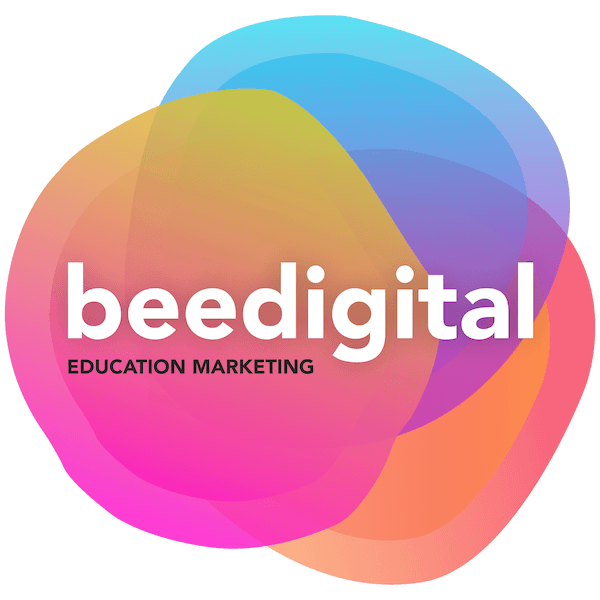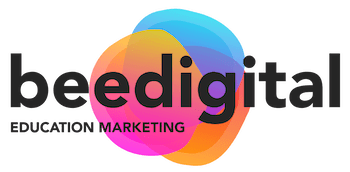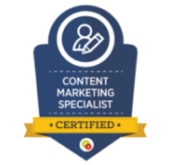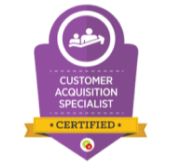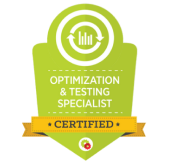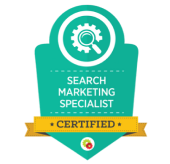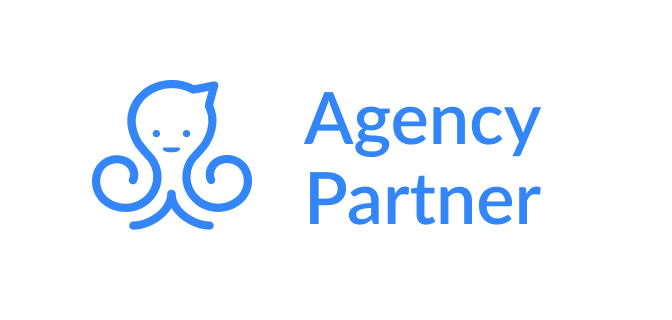Once a school buys your product or service, an email newsletter is a great way of keeping them informed of new developments.
🚨 Ad break klaxon 🚨
On the topic of newsletters it would be remiss of us not to suggest you sign up to our super popular TAIT newsletter, sent to people like you who want to get better at marketing to schools
Cool? Back to it, then.
Who should subscribe to your newsletter?
The obvious answer is “customers”, who should be encouraged to subscribe to your newsletter when they make a purchase.
But don’t ignore future customers. If you introduce value into their lives for free then they’ll become more favourable to a sales conversation further down the line.
What’s the best email to get from a teacher?
It’s tempting in our industry to see their school email address as the holy grail, and that personal email addresses are mostly useless.
However, a named email address like fred.bloggs@gasworkslane.sch.uk means that if Fred Bloggs leaves the school your newsletter emails to him will be rejected.
We’d advise that a personal email, which will follow the teacher from job to job, is superior for newsletter sign ups.
Ultimately you can’t force the issue, but don’t worry too much if you end up with lots of Gmail and Outlook addresses – if they get value from your newsletter they’ll stick with you.
What are the attributes of a good newsletter?
Quick read
Never forget: people don’t read, they scan.
If your newsletter is going to be read by teachers, who are particularly time poor, making it “snackable” is probably a good idea.
If you wish to provide in-depth articles, use the newsletter to link to deeper articles on your own website (or others, you can’t be the expert on everything!).
Practical tips
Rather than simply a list of links to guides on your website, include a practical tip or two.
This could be something like a keyboard shortcut that will save people time.
Or it could be in the form of “Did you know that…”, suggesting an alternative way of using a feature, or highlighting a feature that people might not know about.
New developments
If you are bringing out a new version of your product, a sister product or are making some changes, tell people what they need to know, and most importantly if they need to do anything.
The best newsletters are about them, NOT you
By all means, announce new developments, but try to avoid sending out a newsletter that is only one big hard sell.
By and large teachers, like others, need convincing of the benefits of something before spending money, especially given constricted school budgets.
Try gentle persuasion instead.
Customer surveys
One good use for a newsletter is to find out through a survey what people like about your product, and what new features or products they would like to see.
It’s a nice way of helping your customers to feel important and involved.
Relevant research
Is there a way that customers could use your product effectively by applying the results of independent research?
For example, as described in 7 Insights from nudge theory, an experiment found that sending parents a postcard asking them to improve their kids’ attendance and punctuality had a positive effect.
That finding could, presumably, be applied in many different circumstances.
Telling your readers about it could prove useful to them even if it doesn’t directly involve your product.
Insider tips
Obviously, you can’t give away confidential information, or the contents of a new report before it’s been released.
However, if you’ve been involved in the discussions that have led to the report’s publication, you can be among the first to comment on it when it is published, and to suggest what its implications might be for the users of your product.
Good subject line
It’s good to experiment with different subject lines, especially if the software you use enables you to carry out A/B testing.
There is plenty of advice on subject lines on the web. Three of the most effective kinds I’ve discovered are an intriguing question, a summary of the main contents, and a list headline like “10 ways to improve…”.
Industry open rates
Finally, publishing a newsletter won’t do much good if nobody opens it.
A couple of useful measures are the percentage of people on your mailing list who open your newsletter (Open Rate), and the percentage of people who open the newsletter that clicks on a link. This is known as the CTR, or click-through rate.
What constitutes a good Open Rate and a good CTR will depend on the industry you’re in.
For education, according to Mailchimp, the averages in 2020 were just over 23% and just under 3% respectively.
Different email list providers give different figures, but they are all in the same ballpark.
Therefore, if your open and click-through rates are around 23% and 4% or higher, you’re probably doing something right!
